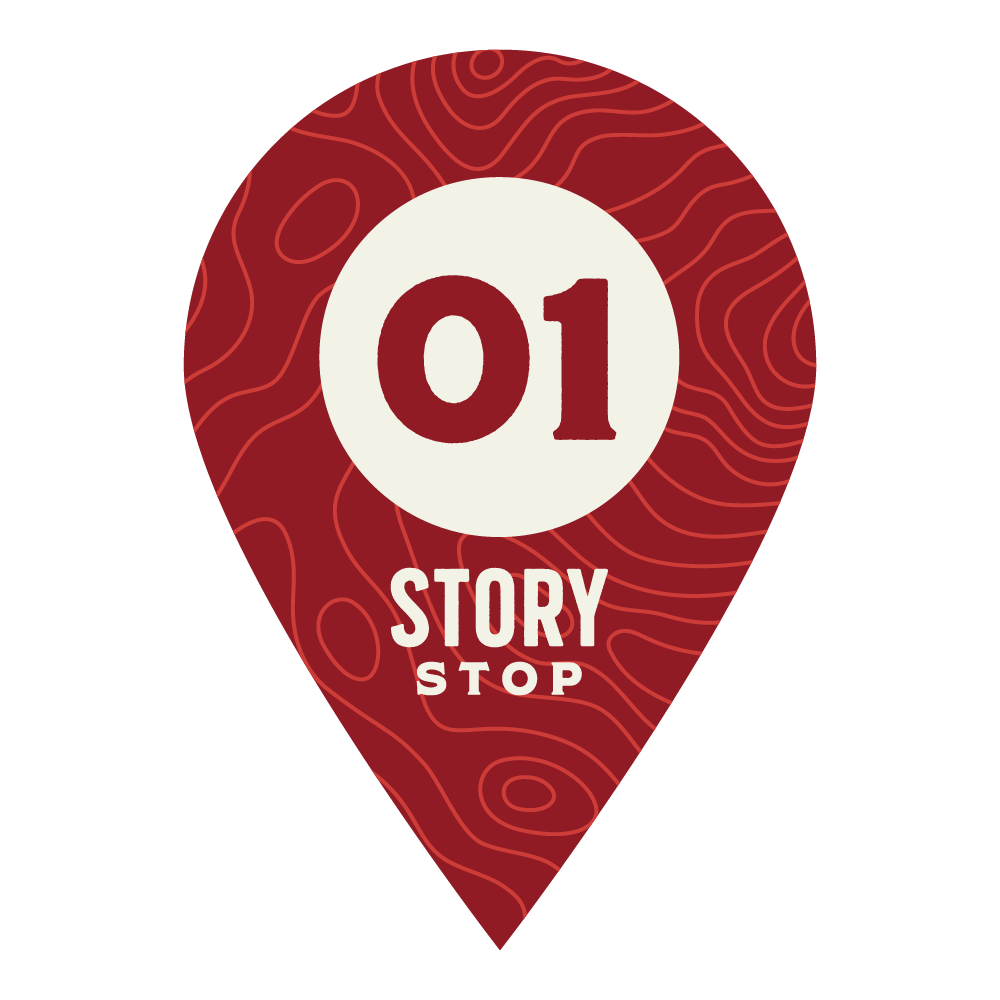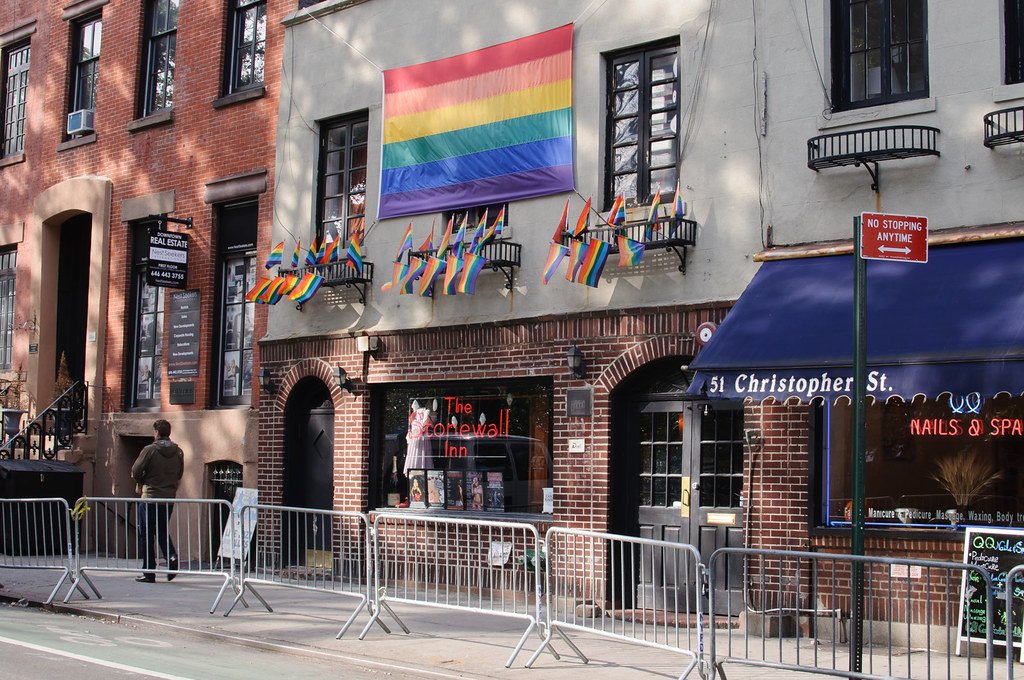
History of PRIDE: Stonewall
It is important to remember that Stonewall was first and foremost, a rebellion. An uprising. An act of rejecting the status quo. It was an act of bravery that can not be over stated. It is the catalyst that started a series of LGBTQ+ movements across the country. It was a turning point in history for the queer community.
The 1960s and preceding decades were not welcoming times for lesbian, gay, bisexual and transgender (LGBT) Americans. Same-sex relations were illegal across the country.
LGBT individuals would seek out gay bars and clubs as places of refuge where they could express themselves openly.
The Stonewall Inn quickly became an important Greenwich Village institution. It was large and relatively cheap to enter. It welcomed drag queens, who received a bitter reception at other gay bars and clubs. It was a nightly home for many runaways and homeless gay youths. And it was one of the few—if not the only—gay bar that allowed dancing.
On June 28, 1969, the Stonewall Inn was raided by police. Armed with a warrant, police officers entered the club, and arrested 13 people, including employees and people violating the state’s gender-appropriate clothing statute.
Within minutes, a full-blown rebellion involving hundreds of people began. The police, a few “prisoners” and a Village Voice writer barricaded themselves in the bar, which the mob attempted to set on fire after breaching the barricade repeatedly.
The fire department and a riot squad were eventually able to douse the flames, rescue those inside Stonewall, and disperse the crowd. But the protests, sometimes involving thousands of people, continued in the area for five more days, flaring up at one point after the Village Voice published its account of the riots.
Though the Stonewall uprising didn’t start the gay rights movement, it was a galvanizing force for LGBT political activism, leading to numerous gay rights organizations, including the Gay Liberation Front, Human Rights Campaign, GLAAD (formerly Gay and Lesbian Alliance Against Defamation), and PFLAG (formerly Parents, Families and Friends of Lesbians and Gays).
On the one-year anniversary of the riots on June 28, 1970, thousands of people marched in the streets of Manhattan from the Stonewall Inn to Central Park in what was then called “Christopher Street Liberation Day,” America’s first gay pride parade. The parade’s official chant was: “Say it loud, gay is proud.”
In 2016, then-President Barack Obama designated the site of the riots—Stonewall Inn, Christopher Park, and the surrounding streets and sidewalks—a national monument in recognition of the area’s contribution to gay rights.
Source: https://www.history.com/topics/gay-rights/the-stonewall-riots
It is important to note that while many credit Stonewall as the beginning of the LGBTQ+ movement there were a number of uprisings against police brutality, harassment and entrapment of the LGBT+ communities in the U.S. in the years before Stonewall. These events and the people involved have not received as much historical attention as Stonewall, but are just as central to understandings of U.S. LGBTQIA+ histories.
Some of the pre-Stonewall uprisings included:
Pepper Hill Club Raid, Baltimore, Maryland in 1955. Over 162 people arrested.
Hazel's (Hazel's Inn), Sharp Park, California February 1956
Coopers Do-Nut Raid, Los Angeles, California, 1959
Black Nite Brawl, Milwaukee, Wisconsin, August 5, 1961
Compton's Cafeteria Raid, San Francisco, California, 1966
Black Cat Raid, Los Angeles, California, 1967


